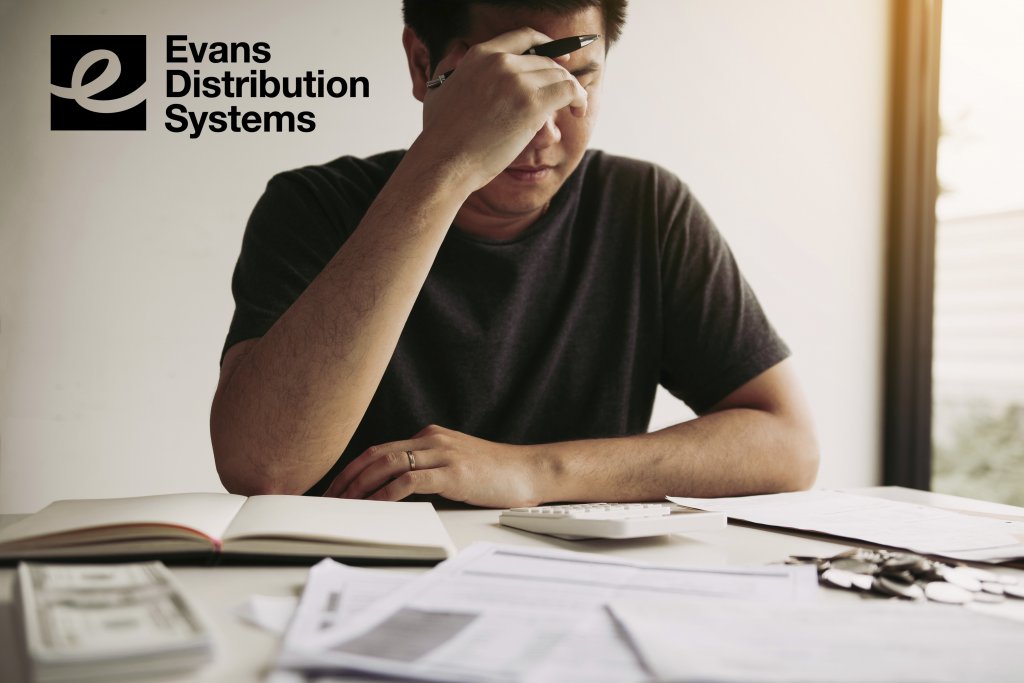As we approach two months of being in quarantine, many states are discussing plans for getting people back to work. In Michigan, Gov. Whitmer announced her plan for a phased approach to reopen businesses as long as they meet certain guidelines. These guidelines include employee health screens, enforcing social distancing, wearing personal protective equipment, and more.

There are many uncertainties regarding COVID-19 including lack of testing and lack of a proven vaccine. Many U.S. citizens may not feel safe returning to work and may experience some anxiety about working around people again and the potential for a second wave of exposure.
If you are a person who experiences anxiety, it is important for your mental health to find ways to mitigate those feelings. We have some advice on what you can do to help keep your anxiety under control when returning to work.
Take a Break from the Media
For the past few months COVID-19 has dominated the media. On television, in newspapers and magazines, and social media, people are constantly talking about or giving updates on COVID-19. When you have information like that thrown at you from every direction it’s easy to be overwhelmed. Although it is important to stay informed, limiting your media consumption allows you an opportunity to focus on other things. Try to only allow 30 minutes to an hour of media a day, and then don’t indulge again until the next day.
Focus on the Things You Can Control
Focus on the things you can control and try not to stress about the things outside of your control. In a pandemic, it’s very easy to become consumed with staying safe when dangers are all around you. Dr. Peter Tippett, CEO of careMESH has an interesting perspective on COVID-19. To use his example, seatbelts help save lives for people involved in car crashes, but they aren’t the only thing we rely on. We have laws and precautions that increase driving safety. The same can be said when preventing the spread of a disease like COVID-19.
Face masks, social distancing and proper cleanliness are all steps for keeping you safe. When you focus on managing your own safety and less on the dangers that are out of your control, you will reduce anxiety.
Safe Zones and Danger Zones
There are safe zones and danger zones all around you. Identifying safe zones will help you relax when you’re not at work. Dr. Peter Tippett covers this very well in his article as well. Your safe zones are the areas that other people who may put you at risk do not have access to such as your home. These areas should have already been cleaned and your goal is maintaining this cleanliness to avoid bringing the virus into your safe zone. If the workplace feels like a danger zone to you, then having clearly defined safe zones will help you relax and manage stress.
Fill Up Your Free Time
A lot of anxiety comes when people spend their free time focusing on a stressful situation. Anything you can do to distract yourself with an activity you enjoy can be great for your mental health. Focus on positive interests, whether it’s movies, art, music, or anything that you enjoy. The point is to help you enjoy your free time so when you go back to work you had time to recover from the previous day’s stress. It’s important to spend time at the end of each day dedicated to yourself.
Talk to Someone
Quarantine has created many disruptions to our normal lives. During these difficult times it is important to stay connected with friends and loved ones and to discuss how you are feeling. Remember that we are all in this together. Share tips with each other on how you deal with anxiety. If things start to become overwhelming, you can also reach out to a qualified professional to help you manage anxiety. Therapy is more accessible now, and oftentimes you can talk to someone online or over the phone.
Use these practices in your life to help reduce anxiety when returning to work. For more resources and updates about COVID-19 visit the Evans’ COVID-19 Updates page.
